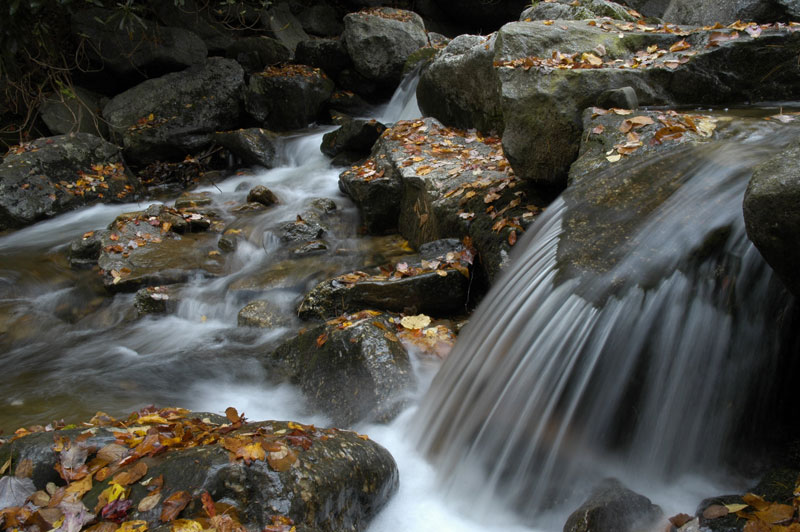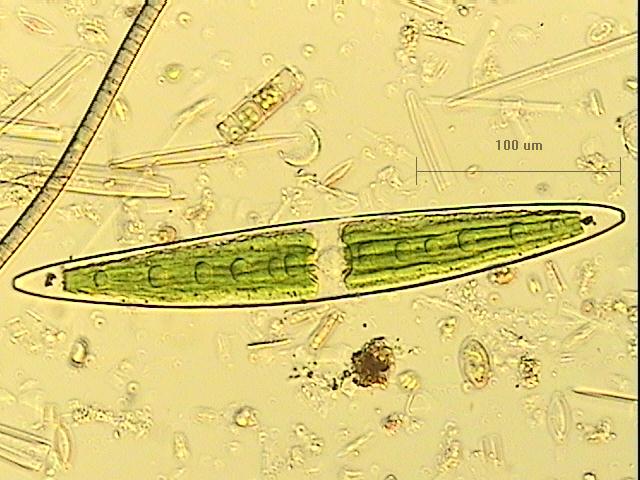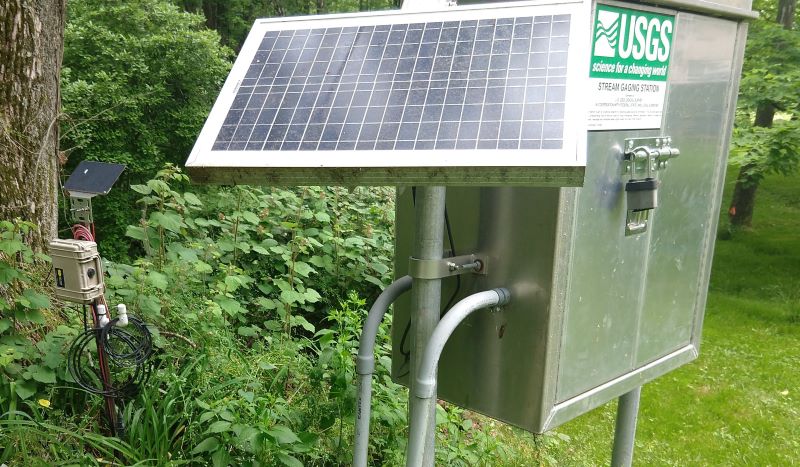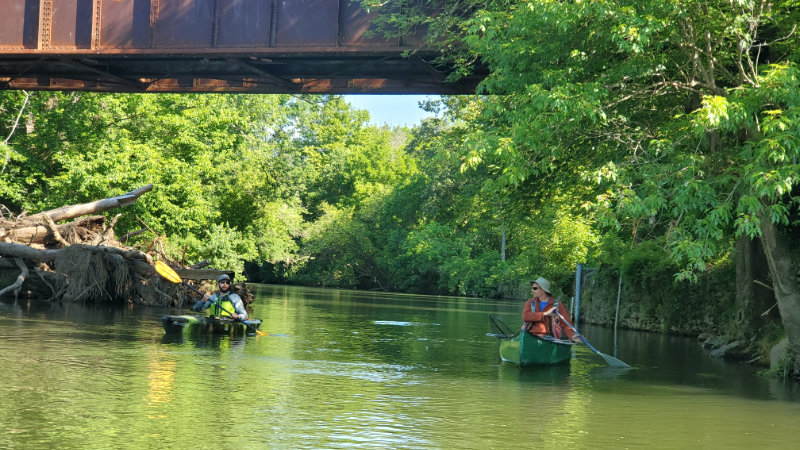Tidal Rivers Biofingerprinting Sediment: Resolving Sediment Connectivity Between Rivers and Estuaries by Tracking Particles With Their Microbial Genetic Signature
https://stroudcenter.org/wp-content/uploads/lofty-creek-feature.jpg 800 532 Stroud Water Research Center Stroud Water Research Center https://stroudcenter.org/wp-content/uploads/lofty-creek-feature.jpgSediment flowing from rivers to estuaries is a double-edged sword: too much sediment can harm oyster beds but not enough sediment can starve tidal marshes. Measuring whether a river is…






